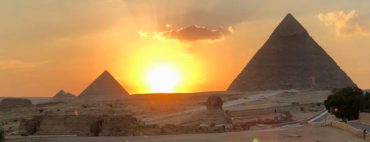
Egypt is a mystical place where your emotions take a rollercoaster ride. Look right and see some of the world’s most ancient antiquities. Look left and see traffic congestion and pollution. Read the news and there is terrorism and unrest. But spend several days on the placid Nile River and find peace and tranquility.
Egypt truly is a conundrum. An ancient land known as the cradle of humanity, with cultural, archaeological and ancient wonders caught in the fast-paced 21st century of political unrest, climate change and terrorism.
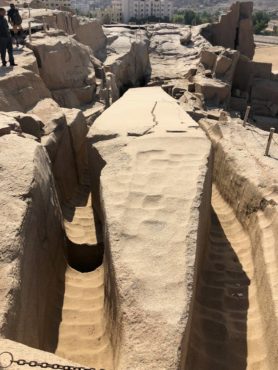
Should you go? Each traveler needs to ponder the question. But if you do go, the best and safest way to visit this fascinating country is through a reputable tour company such as Memphis Tours (www.memphistours.com).
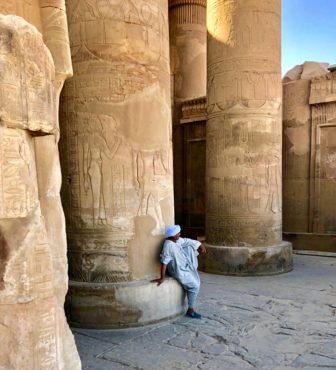
Choosing an Egyptian tour operator means being met when you get off the airplane (even before you pass through security or passport control) and being personally shuttled through all airport controls. Your English-speaking guide and driver will ensure a safe, fun and fantastic experience with Egyptian people who are proud to show you their country.
Longer tours take you farther afield, but a seven-day tour will show the highlights, with plenty of time for relaxation as well as shopping.
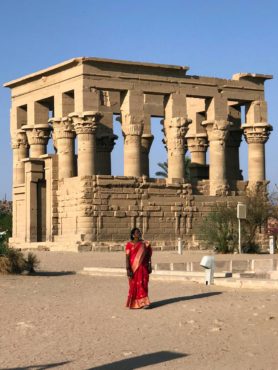
Arriving in Cairo, take a day to recover from your flight before a morning flight south to Aswan to board a small river-cruise ship for a four-day Nile River cruise. Many companies with similar ships ply the waters from Aswan to Luxor, providing comfortable suites and delicious meals for approximately 30 guests. The onboard crew treats you like a pharaoh and feeds you like a queen.
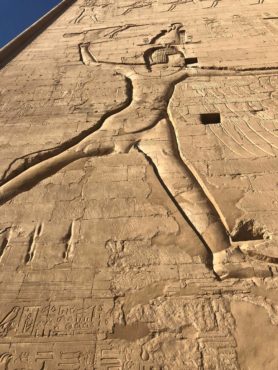
Before sailing out of Aswan, you will visit the abandoned granite quarry used for ancient obelisks as far back as Ramses III more than 3,000 years ago. Today, you can walk around the open-air museum and see the largest obelisk ever attempted — at 137 feet, it remains embedded in the quarry, never completed.
Board a small boat for a picturesque ride to Philae Island’s Temple. Originally located up river, it was flooded in 1902 by the building of the Aswan Low Dam. UNESCO dismantled and moved it piece by piece to this location in 1970, prior to the completion of the Aswan High Dam.
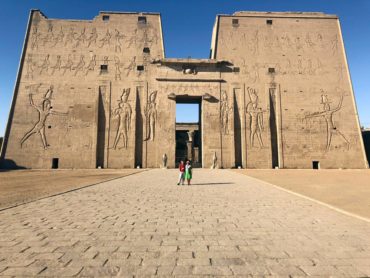
Enjoy the scenery cruising on the river Nile, passing temples carved directly into the stone, next to cattle grazing and fishermen in their felucca boats. Your cruise will arrive in Kom Ombo for a morning tour of the double temple shared by two gods, Sobek and Haeroris. Dating to 119 B.C., it retains preserved carvings of Egyptian elements.
Back on the ship for lunch as you sail to Edfu. Head out for an afternoon tour of the fascinating, amazingly preserved and huge Horus Temple in Edfu. This truly wonderful example of Hellenistic-period construction shows the wealth of the time by its sheer size.
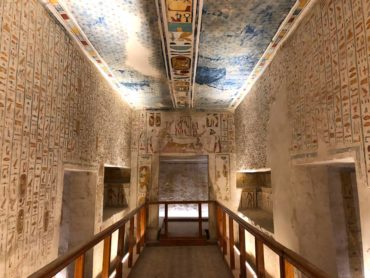
Construction on this temple began in 237 B.C. and continued until 57 B.C. For thousands of years, the drifting desert sands covered it. In 1860, work began to free the archaeological masterpiece from its tomb of sand. Now it is one of the most visited sites in Egypt.
Your final Nile day will be spent exploring the fascinating antiquities of Luxor, on both the west and east banks of the river. The day’s highlights wil include the Valley of the Kings, where, for a period of nearly 500 years from the 16th to 11th century B.C., rock-cut tombs were excavated for pharaohs and powerful nobles. To date, 63 tombs have been discovered, including the famous tomb of Tutankhamun.
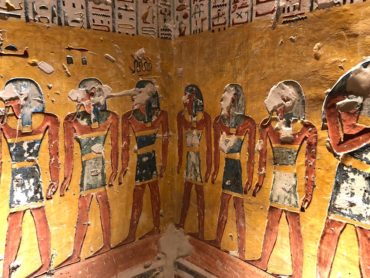
Your next stop will be at the mortuary temple of arguably one of Egypt’s most formidable pharaohs, the female Queen Hatshepsut. The roughly 22-year reign of Hatshepsut in the 15th century B.C. is generally regarded as one of Egypt’s most prosperous. The beautiful temple can be seen for miles on approach, carved into the stone mountain with a distinctive architectural style.
Saving best for last, your final stop is the two temples of Karnak and Luxor.
Karnak is the second most visited site in Egypt. This massive site, which began in approximately 1979 B.C., is made of four parts, of which only one is restored for the public. Successive pharaohs added to the complex, expanding and creating the colossal fortified campus.
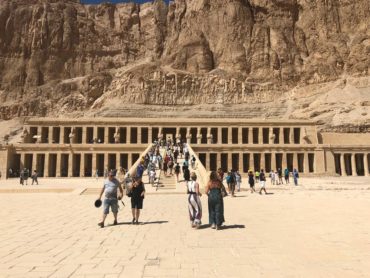
One famous area of Karnak is the 50,000-square-foot Hypostyle Hall, where 134 massive columns are arranged in 16 rows. Most of these columns are 30 feet tall, but 12 are 69 feet tall, with a diameter of over 10 feet. It is truly breathtaking.
Luxor Temple, recognizable by the giant statues at its famous entrance, was constructed in the 1400s B.C. Unlike the other temples, Luxor is not dedicated to a god or king. It is where many of the kings of Egypt were crowned. The beautiful single obelisk, carved at the Aswan quarry, stands as a sentinel at the entrance, its twin now in Paris in the Place de la Concorde.
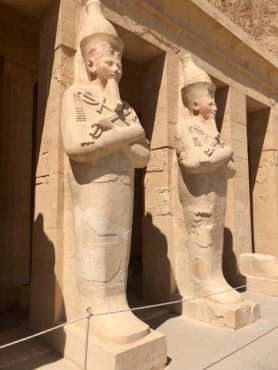
After your final night aboard, you will transfer back to Cairo and a hotel near the famous Giza sites. Next morning, it’s time to see the only remaining wonder of the ancient world — the Great Pyramids of Cheops, Chephren and Menkaure, as well as the beautiful and famous Sphinx.
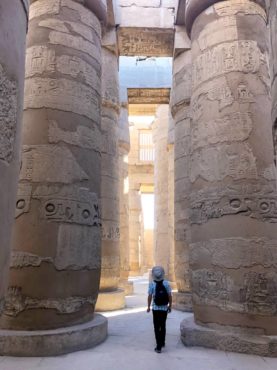
Your guide will explain the history of these incredible ancient monuments while you marvel at the engineering and immensity of these structures. Cheops, built as a tomb around 2560 B.C. and initially 481 feet, is known as the Great Pyramid. It was the tallest man-made structure in the world for more than 3,800 years. Take a camel ride out to see the pyramids from the south for a fantastic photo opportunity without all the crowds.
Speaking of crowds, be prepared. This site is popular. In fact, it can be shocking to visitors, who sometimes believe the pyramids are off in the middle of the desert. Not so. They’re situated right on the edge of the bustling cities of Cairo and Giza, and the experience includes lots of tourists, pushy vendors, assertive guides and often pick-pockets swarming the site. Stick close to your guide and all will be well.
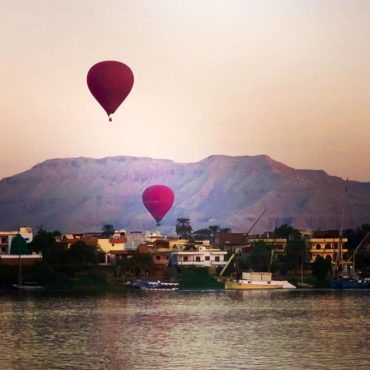
If you are considering a visit to Egypt, your timing is good, as a brand new, multibillion-dollar Grand Egyptian Museum (Cairo) is slated to open in stages in 2019 and 2020, replacing the very worn, dirty and disorganized current Egyptian Museum of Antiquities. The new museum will feature the full Tutankhamun collection including never-before-seen pieces. The museum is sited on 120 acres a little over a mile from the pyramids, part of a new tourism master plan.
The addition of this museum is one of many steps being taken to secure Egypt’s tourism industry and provide a better experience for the visitor. Additional improvements to infrastructure, roads and security are also in the works, so Egypt’s future as a tourism destination is prodigious — just as its past is immeasurably monumental to civilization.




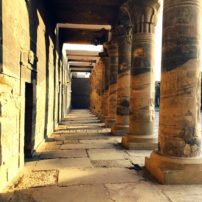
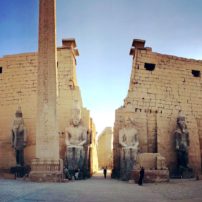

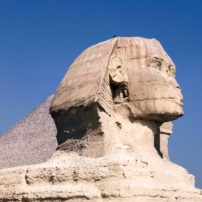
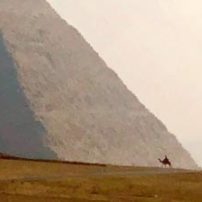
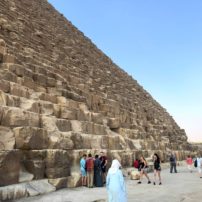
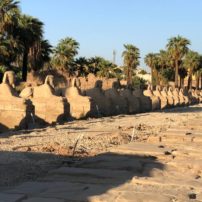
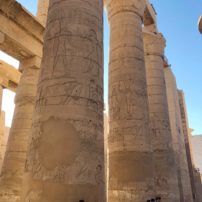
























Comments